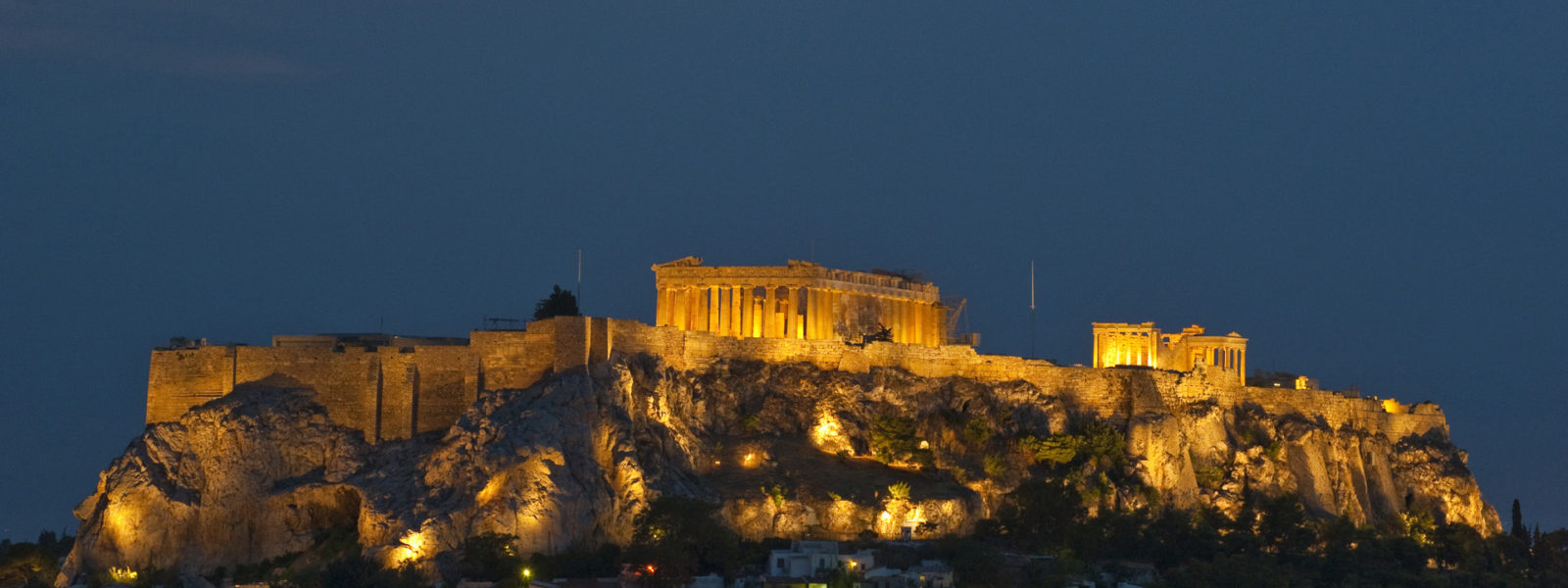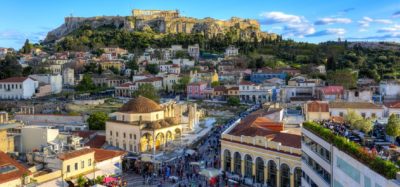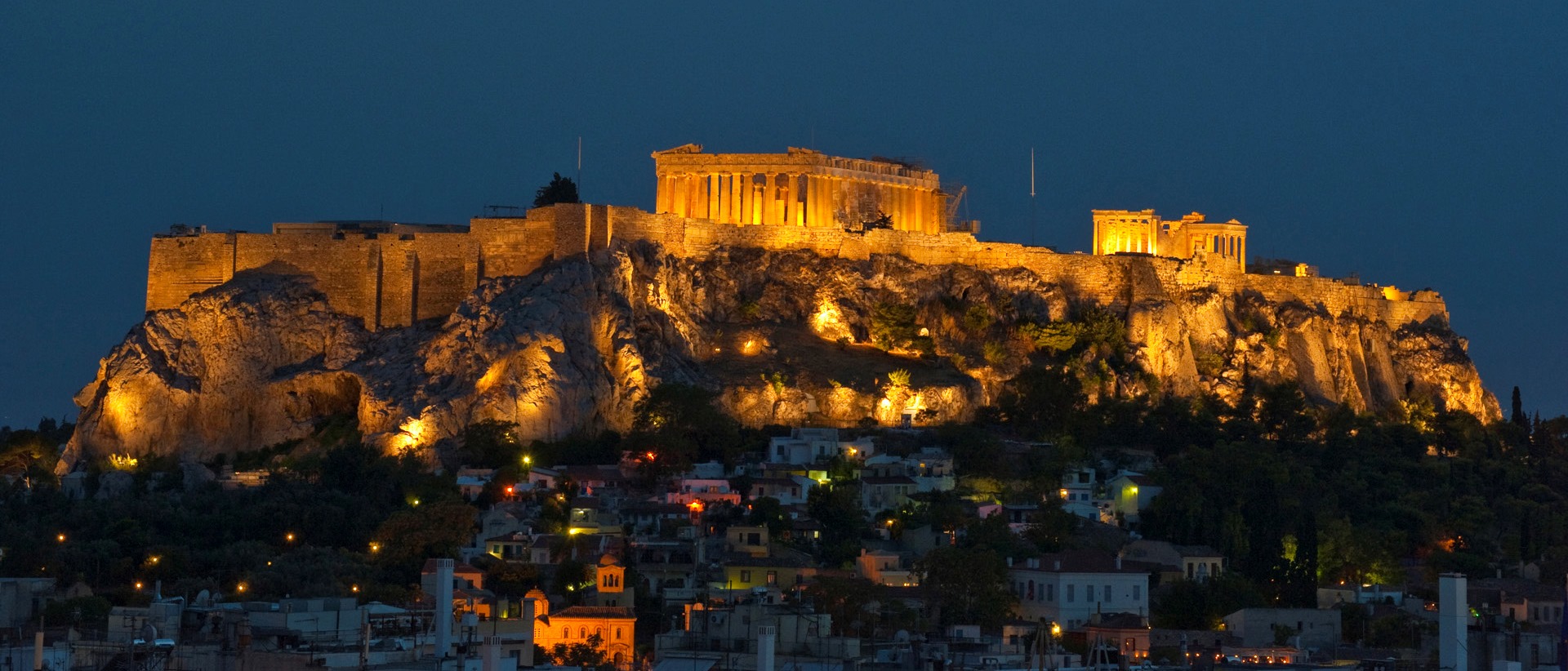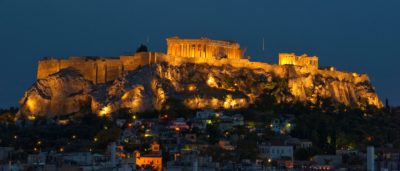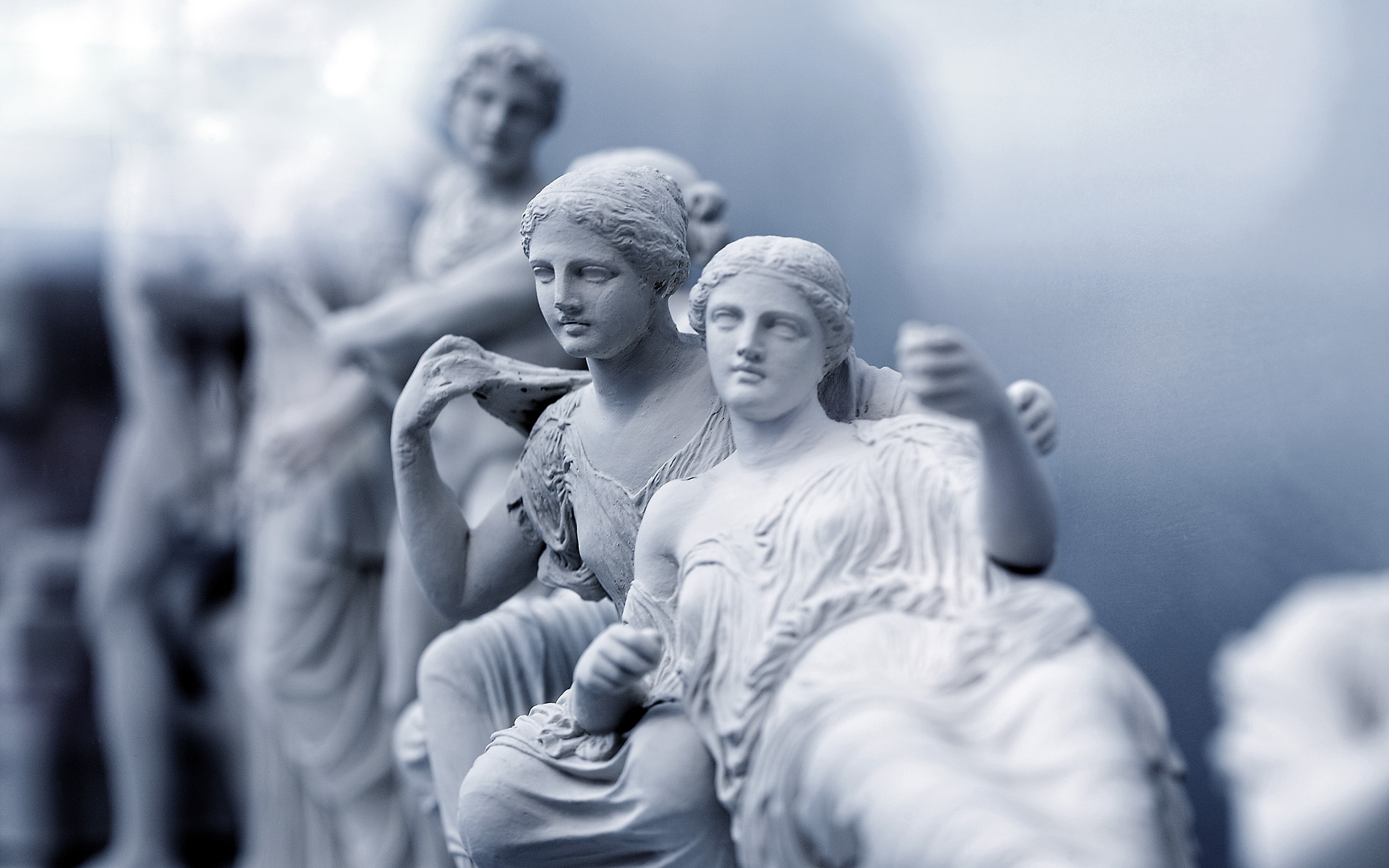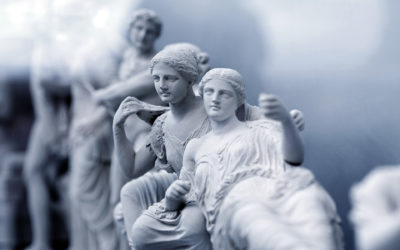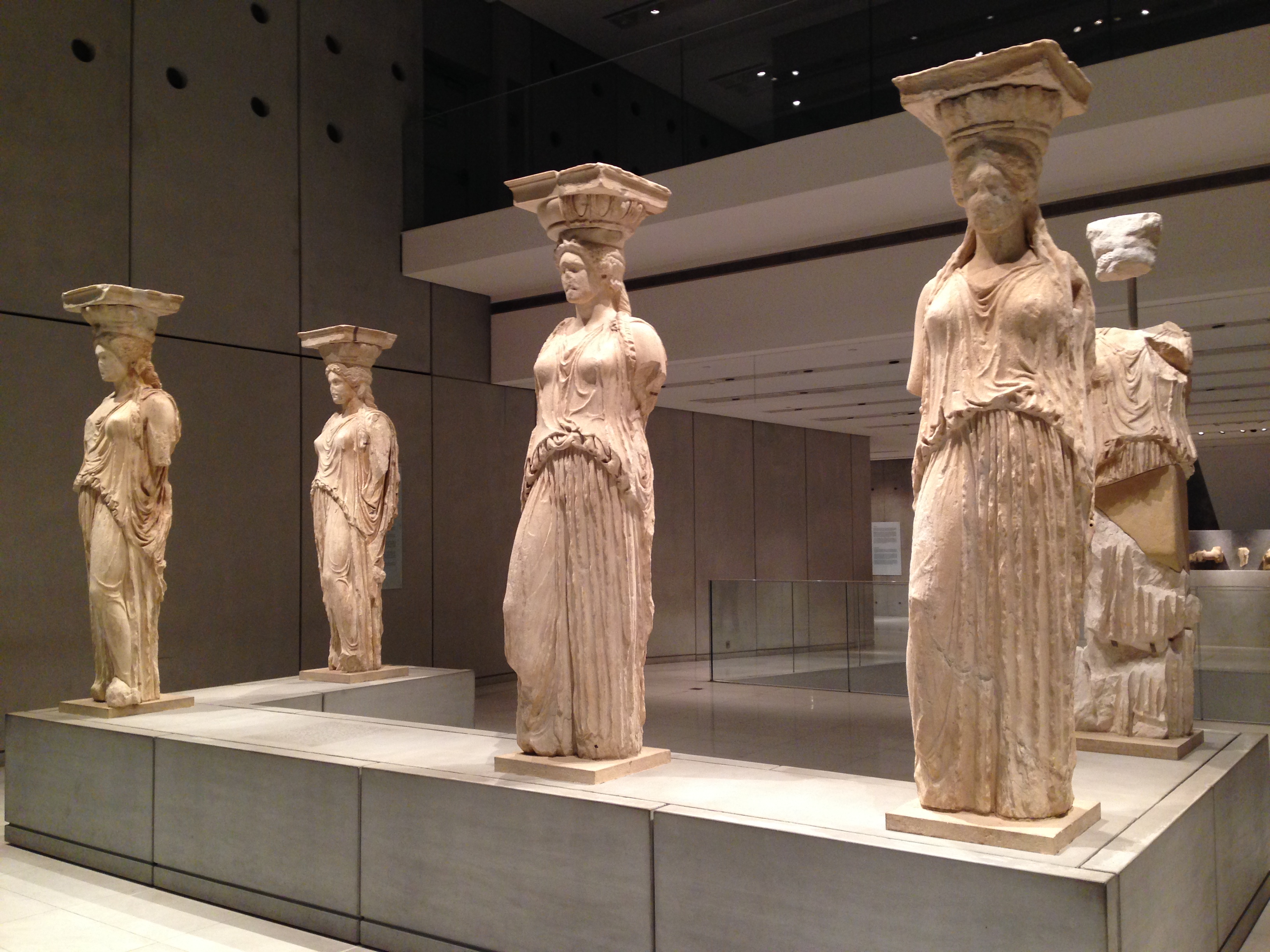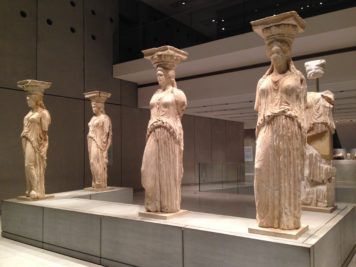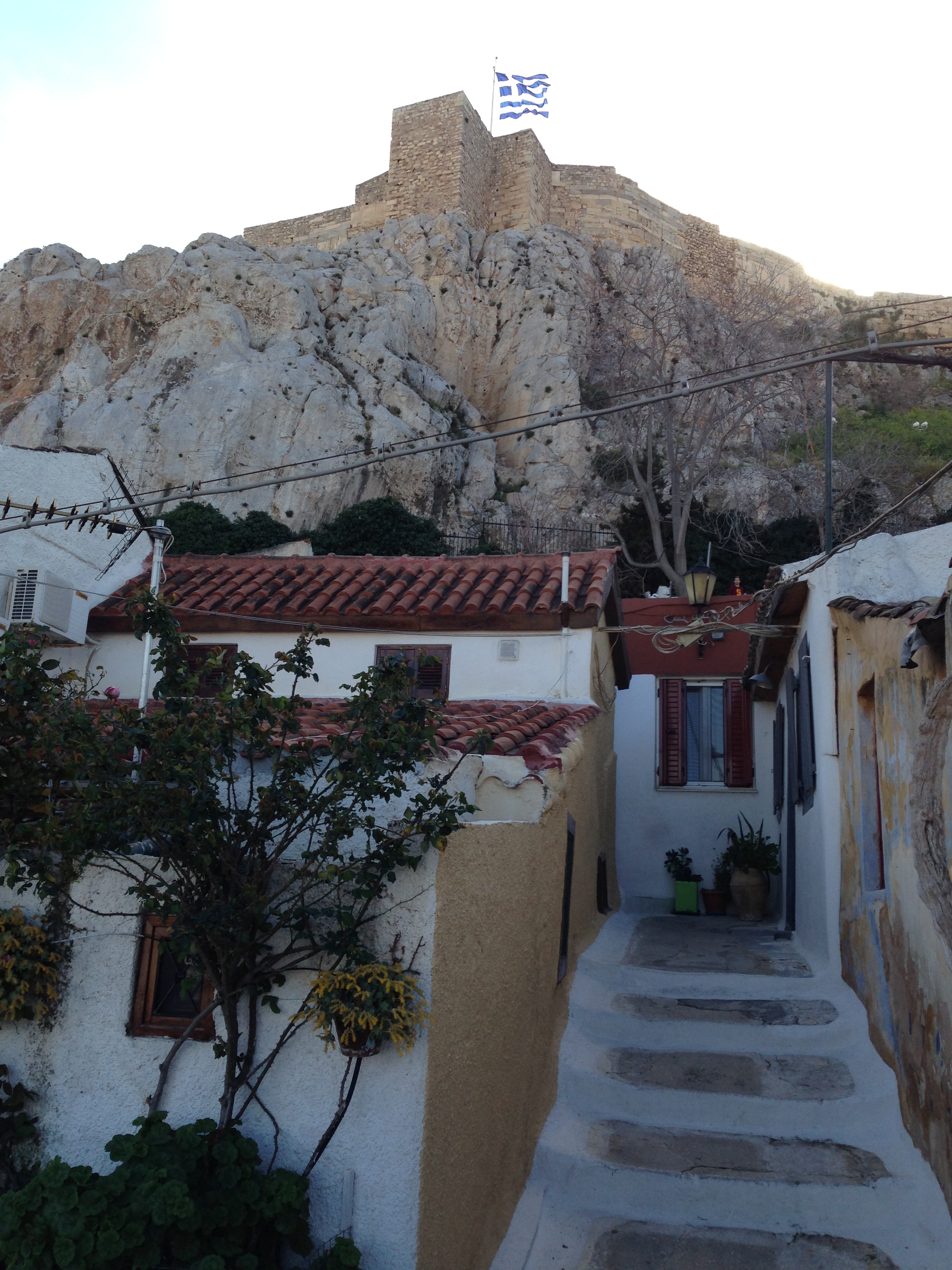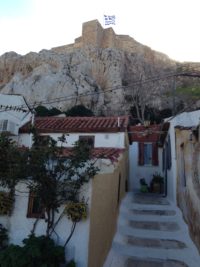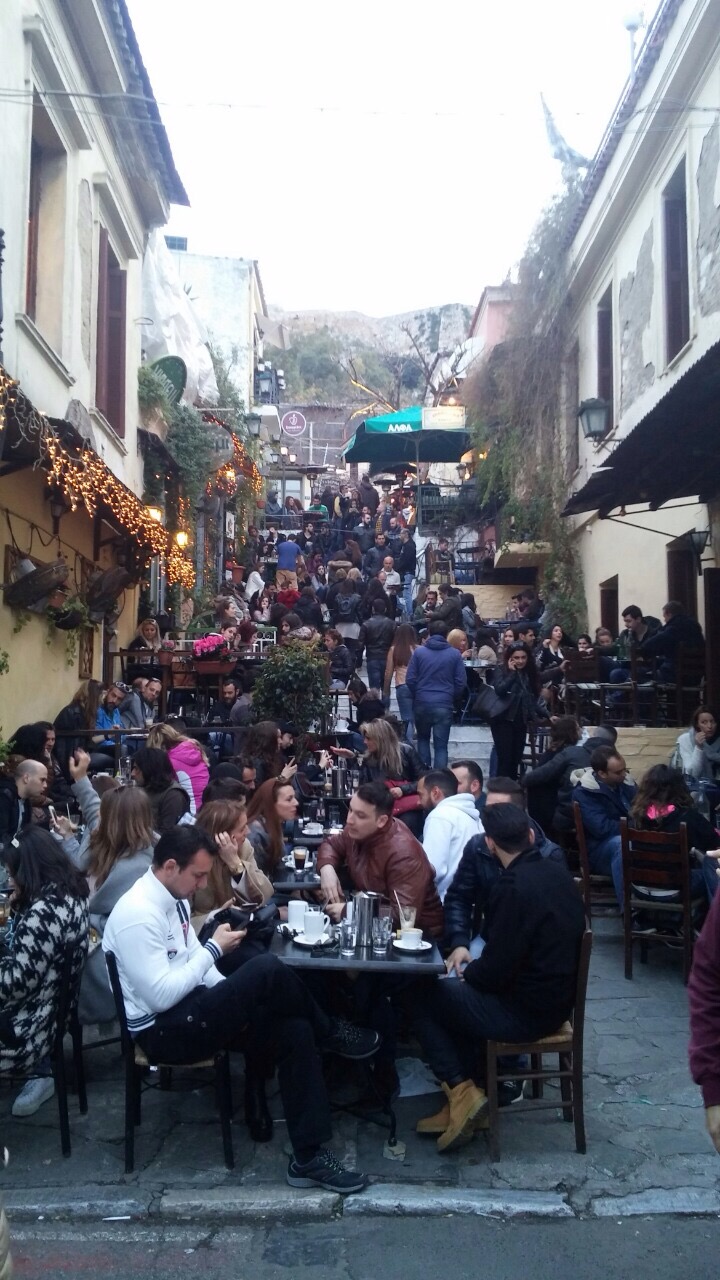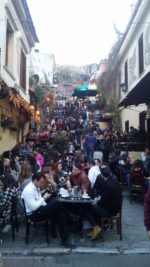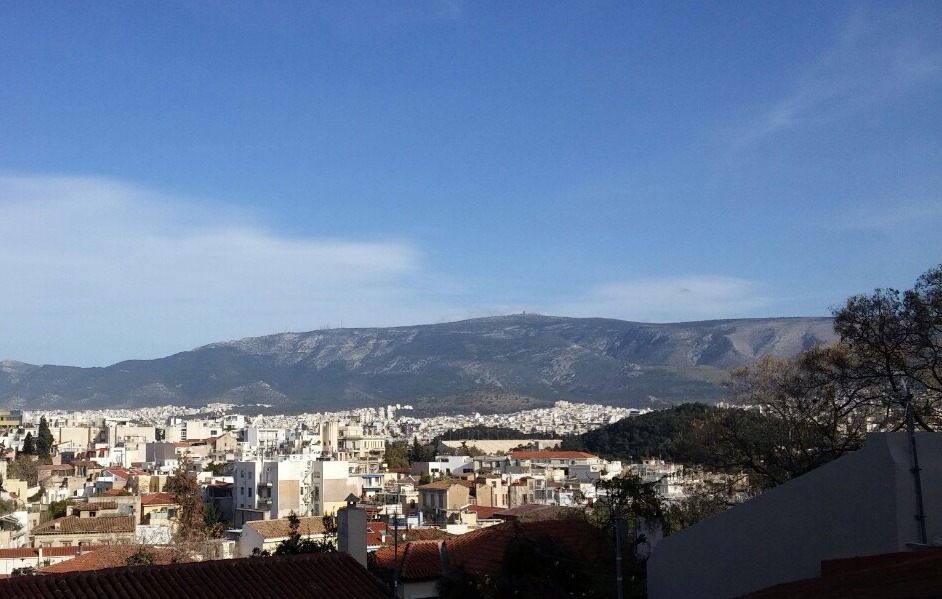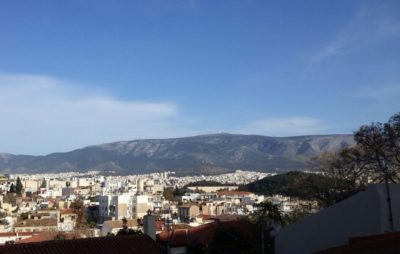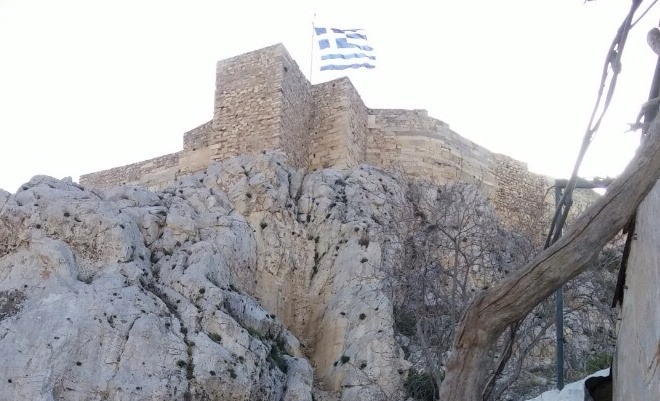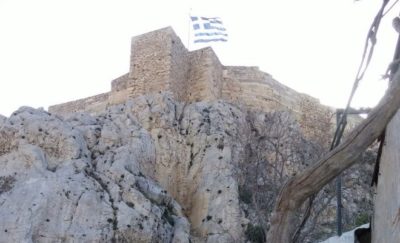A Few Words
According to mythology, King Cecrops, the king of Athens, who had the form of half-man and half-snake, was called upon to decide which of the gods would be the protector of the city he ruled. Poseidon and Athena each offered a gift to the king, and the protector would be chosen based on who gave the best gift. Poseidon struck the ground with his trident, creating a saltwater spring, while Athena struck the ground with her spear, producing a small olive tree. Impressed by the olive tree, Cecrops declared Athena the protector of the city. This is how the city of Athens got its name from the goddess Athena. It is also said that Poseidon was so angry that he cursed the city to have a water shortage, and since then, Athens has faced issues with water scarcity.
The city flourished during the classical period, as evidenced by the magnificent ancient monuments. The gradual decline of Athens was abruptly interrupted in the early 19th century. In 1831, Athens was declared the capital of the newly established Greek state and began to develop. Today, the city is the administrative, economic, and cultural center of Greece.
Where to Go
Athens hosts countless museums and exhibition spaces that are worth visiting. During your tour of the city, visit the Acropolis Museum, which exclusively houses findings from the Acropolis site, the Museum of Cycladic Art with exhibits from Cycladic culture, and the Archaeological Museum, which is dedicated to ancient Greek art.
Must-See Attractions
Undoubtedly, the Parthenon temple is the most famous monument in the city. The temple stands atop the Sacred Rock of the Acropolis and impresses visitors with its unique architecture. At the foot of the Acropolis are significant ancient monuments such as the Ancient Agora, the Temple of Hephaestus (Thiseio), the Odeon of Herodes Atticus (Herodeion), the Temple of Olympian Zeus, and more.
What to Do
In Athens, you can walk around the city center at Syntagma Square. The most famous street for shopping is the pedestrianized Ermou Street. At the end of the street is Monastiraki, where you can enjoy coffee, drinks, or food, as well as shop for souvenirs from the numerous stores in the area.
Stroll through the narrow streets of Psyrri, then head to Thiseio or Plaka, where you can admire neoclassical Athens.
During your stay in the city, you’ll have the opportunity to try excellent dishes with cosmopolitan influences!

